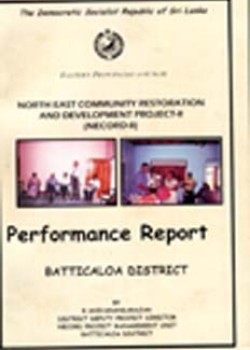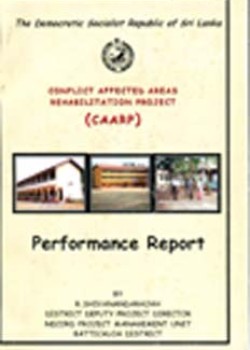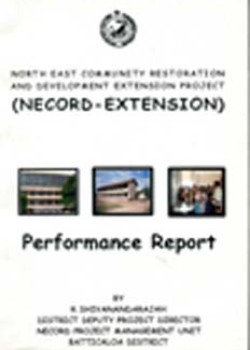
Global Water Demand Projections
Past’ Present and Future
Author : Amarasinghe, Upali and Smakhtin, V.
Publisher: International Water Management Institute
Place of Publish: Sri Lanka, Colombo
Year: 2014
Page Numbers: 24
Acc. No: 4491
Class No: 333.7 AMA-SL
Category: Books & Reports
Subjects: Environment and Natural Resources
Type of Resource: Monograph
Languages: English
ISBN: 978-92-9090-793-0
The report examines data and sources for WDPs, pre-1990 and post-1990 global WDP results, sectoral WDPs for water-use, domestic use, industry and agriculture, and country-level WDPs. The study finds that post-1990 WDPs lack sensitivity analysis, noting that future WDP studies should identify drivers at the country level and assess how they affect water demand projections, in order to make WDPs useful for local-level planning. The study does emphasize that the post-1990 WDPs are a significant improvement over pre-1990 WDPs and that the study of previous WDPs offers many lessons for the further improvement of WDPs. In conclusion, the study presents eight lessons for WDP studies, stressing that norms of per capita water use should not be held constant across countries and sectors. Water demand projections (WDPs) are widely used for future water resource planning. Accurate WDPs can reduce waste or scarcity associated with overdevelopment or underdevelopment, respectively, of water resources. Considering that the projection period of some WDPs have now passed, this paper examines how closely such past projected withdrawals match current water withdrawals to identify lessons that can be learned and strengthen future studies on WDPs. Six WDPs conducted before 1990 and seven conducted after 1990 are analyzed in detail. The review shows that the pre-1990 WDPs, which considered population as the main driver of change, over predicted current water use by 20 to 130%. Unrealistic assumptions on the norms of water use in different sectors were the main reasons for large discrepancies.



